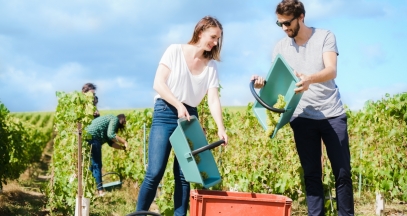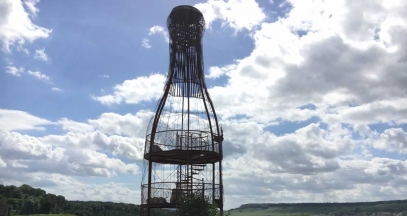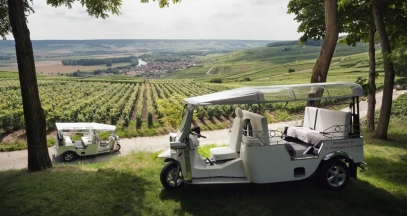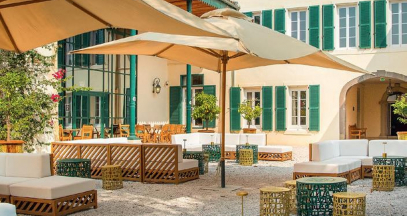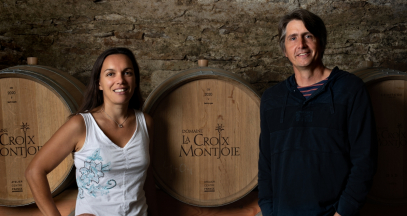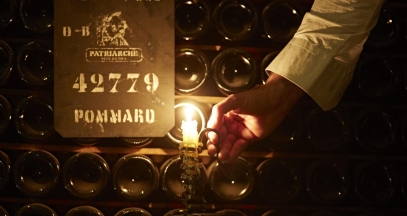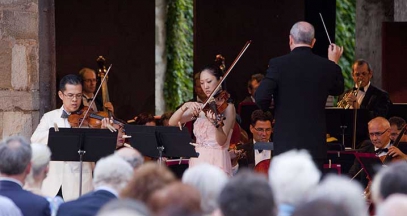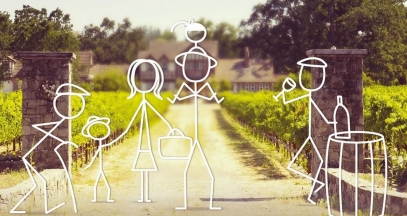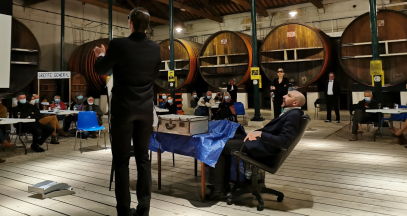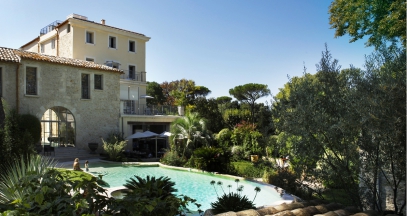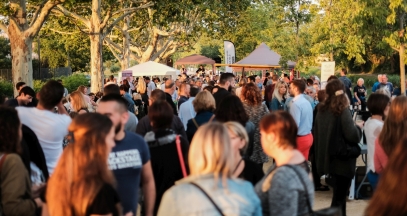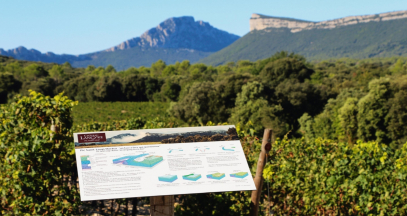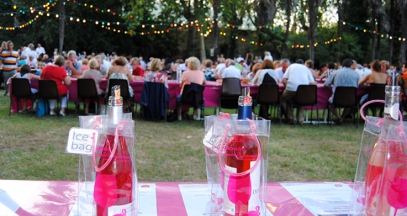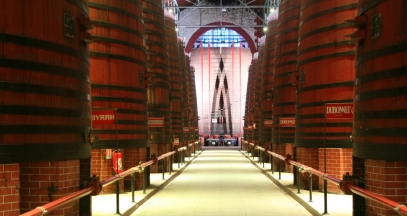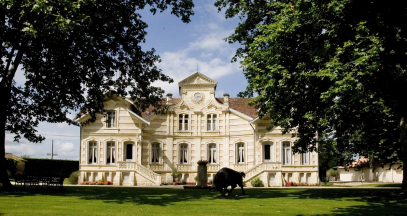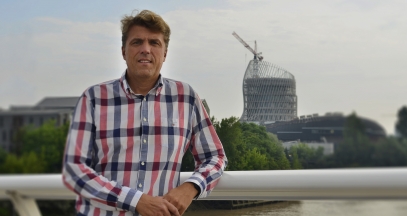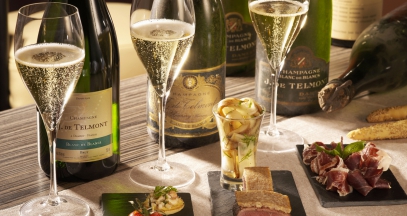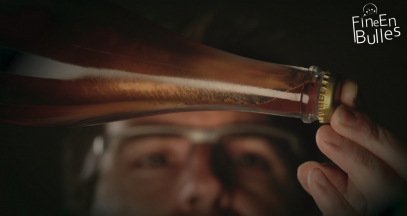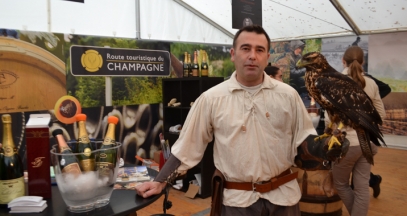An essential excursion during your stay in Reims, a visit to the wine cellars of Mumm will take you up close to champagne. An authentic heritage to discover, followed by a tasting of this historic champagne.
Visiting Mumm is a real experience: understand champagne ‘from the inside’ and feel the spirit of innovative conquest characterizing a company which, since its foundation in 1827, has continued to demonstrate its audacity and high standards.
A maze dedicated to champagne
You reach the heart of the 25 km of underground tunnels, a maze highlighted by a beautiful display of lights. Some 25 million bottles are stored here! The visit starts with a film, which explains everything you need to know about the history of Mumm and its great champagnes. Do you know that the famous Cordon Rouge champagne, emblem of this brand born in 1875, is a tribute to the French Légion d’Honneur award?
A delicious, fleeting experience, like the bubbles of champagne.
A guide then accompanies you to the underground galleries and the former fermenting rooms, which have been preserved in their original state. In front of the bottles of champagne, he will reveal the secrets of the creation of the bubbles, from the grape harvest to the remuage process of turning the bottles, from the wine cellar to the glass. This centuries-old craft respects tradition and follows the motto of Georges Hermann Mumm: ‘Only the best.’ As for the remuer machines, they each turn 40,000 bottles each day! These devices modify the position of the bottles by several degrees until they are in an almost vertical position, so that the sediment moves towards the cork.
Cordon Rouge: Grand cru or vintage champagne?
Then visit the tools museum and take the time to discover the different skills required to make champagne. This trip provides a unique insight into the production of champagne. The champagne tasting is now imminent! Depending on the visit you choose, taste either a glass of the famous Cordon Rouge champagne, of the Vintage 2013, or savour two top-quality Grands Crus champagnes (RSRV Blanc de Blancs and RSRV Blanc de Noirs).
LEARN MORE



